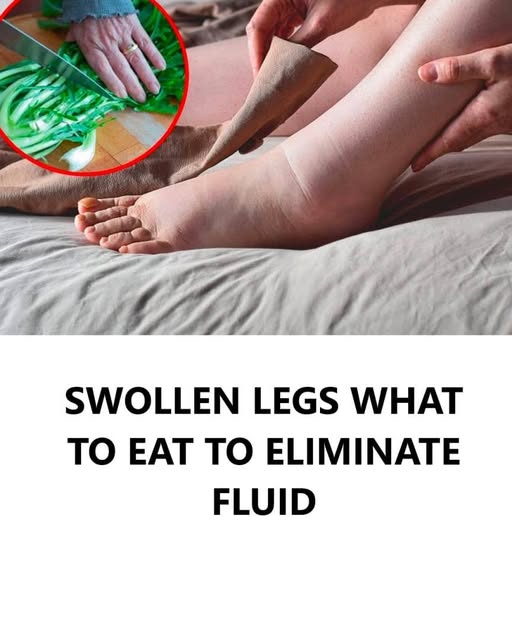Water retention is the tendency of the body to accumulate fluids, especially in areas such as the legs, abdomen, and buttocks. It is commonly triggered by poor nutrition, a sedentary lifestyle, and conditions like being overweight or obese. While it’s often considered a cosmetic issue, it can also cause discomfort, swelling (edema), and fatigue. The good news? With a few changes to your habits, it’s often manageable.
🔎 What Is Water Retention?
Water retention is a condition characterized by the accumulation of fluids in the interstitial spaces, or the spaces between the body’s cells. It typically affects areas where fat tends to build up—thighs, abdomen, and buttocks—leading to edema, a noticeable swelling due to fluid buildup.
Since fluid retention is influenced by estrogen, it occurs more frequently in women, though men can also be affected—particularly those with unbalanced diets high in sodium.
How to spot it: Press your finger on the swollen area (e.g., the legs). If a mark remains for a few seconds, this is a sign of fluid retention.
⚠️ What Causes Water Retention?
Several factors can contribute to fluid buildup. Here are the most common:
1. Poor Diet
A diet high in salt, processed foods, alcohol, and low water intake slows the body’s natural diuretic processes, promoting fluid retention.
2. Sedentary Lifestyle
Lack of exercise hinders lymphatic circulation, which is crucial for removing excess fluids and waste from tissues.
3. Being Overweight
Excess weight interferes with proper circulation and kidney function, making it harder for the body to eliminate fluids.
4. Medical Conditions
Some health issues can cause or worsen water retention:
Kidney failure
Venous insufficiency
Heart failure
Liver disease
Arthritis
Food intolerances and allergies
High blood pressure
5. Other Contributing Factors
Smoking
Dehydration
Alcoholic and sugary beverages
Pregnancy
Tight clothing and high heels
Oral contraceptives
Certain medications (e.g. corticosteroids, blood pressure drugs)
🧠 How to Know If You Have Water Retention
The most noticeable symptom is swelling, especially in the legs, often accompanied by:
Skin discoloration
A lingering indentation when pressed
Joint stiffness
Pain or heaviness
Headaches
Bloating
Fluctuations in weight
Loss of appetite
Note: Water retention is often confused with cellulite, but the two are not the same. While cellulite is a structural skin issue involving fat cells and connective tissue, water retention involves fluid buildup. However, fluid retention may contribute to the development of cellulite—particularly in its early stages.
✅ How to Eliminate Water Retention
